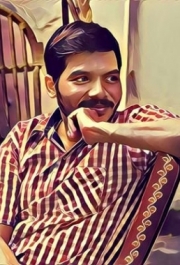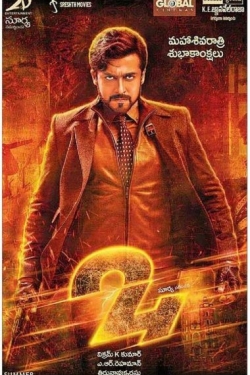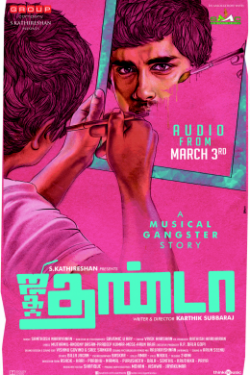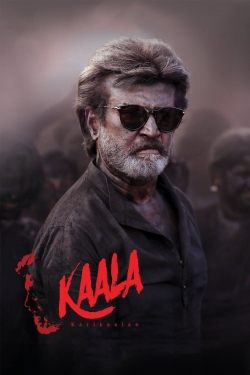Top Rated Films
M Suganth's Film Reviews
-
If you have seen Siva’s previous films — Siruthai and Veeram — you will have a fair idea of what to expect in Vedalam. He is beginning to make a career out of films that are extremely loud and incredibly gratuitous, and his filmmaking style mainly involves ramped up camera moves, frenzied cuts, and over-the-top acting with an ear-splittingly loud background score for company.
-
As we exit, we realize that maybe there is some truth in what all these three films suggest — to succeed in the film industry, one must not just have talent but lot of ingenuity as well.
-
Visually, Ra is very well done (R Saravanan’s camera work is striking) and there are moments that are quite inspired.
-
In some ways, Naaigal Jaakirathai feels like a new-age Rama Narayanan film — a pet helping the hero to overcome the villains is a trope that the director has used many times — but Shakti Soundar Rajan dials down on the camp and gives us a film that is more of an investigative thriller in which the dog plays a central role.
-
Poojai is quite lengthy. Much of the fluff is songs and comedy sequences, which, if removed, could easily have reduced the running time by at least 30 minutes but Hari is not after a thriller but a masala movie. And Poojai is commercial masala done well. There is action (punchy), sentiment (effective but not affecting), humour (silly but funny once in a while), romance (ludicrous and strictly functional), and the director manages to keep things ticking —the action is often relentless, and the nondescript songs and the comedy scenes (Soori and Pandi doing a pale imitation of Goundamani and Senthil) are breathers for us.
-
…unlike Thuppakki, the previous Murugadoss-Vijay effort, Kaththi is overlong, over-the-top, over-familiar, and overtly preachy.
-
The film also gives the feeling that it should have been edited tightly, not on the editing table but during the writing. It feels a bit lengthy and too much time is spent on the romantic track (which happens over a pilgrimage), and despite some imaginative picturisation, the songs aren’t integrated well into the script. There are also unnecessary attempts at comedy, and it is during these instances that we look back fondly at Arima Nambi, which smartly avoided such audience-pleasing elements.
-
If Pizza was a con movie dressed up as a haunted house horror thriller, Jigarthanda is basically a comedy cloaked as a gangster movie. In the first half, the director provides us the gangster thriller that the trailers promised us — a villain who is both awesome and frightening, his quirky underlings (one of them is a teetotaler and a god-fearing man whose weakness is porn and the scenes where Karthik and Oorani try to woo him by supplying him porn are a blast), brutal murders, and a tense interval block.
-
Kochadiiyaan succeeds not because of technology but because of the writing. The film is motion capture 3D computer-animated but the animation is primeval; both the motion capture and the texture of the visuals are closer to The Polar Express than Avatar or Tintin. The long shots aren’t problematic but whenever the camera cuts to a close-up, we are drawn to the inanimate nature of the expressions. The characters feel like caricatures of the real-life actors we have known.























